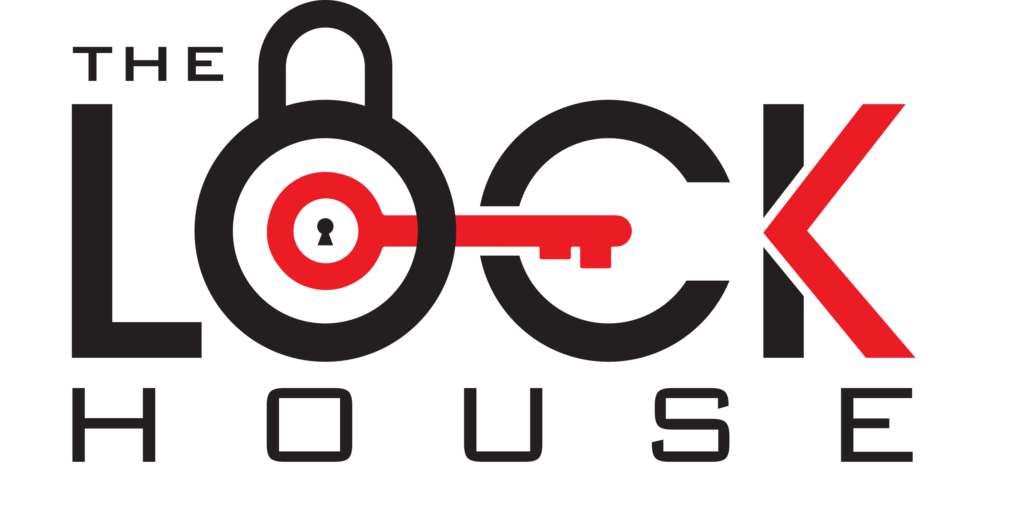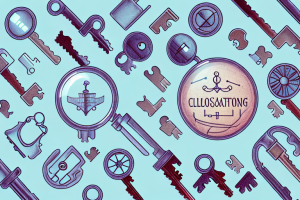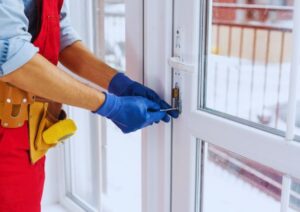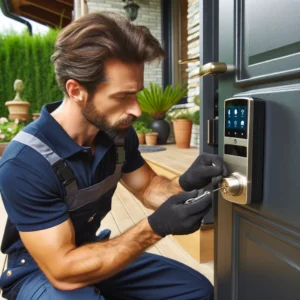In an age where convenience and security often go hand-in-hand, push lock doors have become a staple in homes and offices worldwide. Offering a blend of simplicity and efficiency, these locking mechanisms, however, can sometimes leave individuals puzzled and locked out. Whether you’ve encountered a jammed lock after a long day or are simply curious about how these mechanisms work, understanding the intricacies of push lock doors is essential.
Which is why It can be quite annoying (to say the least) when it comes to unlocking these doors. That’s where our mobile locksmith in Orange County, got together to brainstorm ideas that can help anyone open their push lock doors if they’ve been locked out for some reason (we’ve heard some bizarre ones).
So below are some tips and tricks we believe can help. If you’re still finding it troublesome anywhere in Orange County, Give Us a Call and We’ll Rush Right Over!
How Push Lock Doors Work:
A Push Lock Door features a simple yet effective locking mechanism that secures a door with a single push. At its core, a push lock door mechanism consists of a button or knob inside the door that, when pressed or turned, activates a spring-loaded latch.
To unlock the door from the inside, simply turning the knob or pressing the lever retracts the latch, allowing the door to open. From the outside, access is typically granted by a key or an electronic keypad, making it an ideal choice for areas requiring both security and convenience.
Advantages of Push Lock Doors
- Ease of Use: Their straightforward operation makes them accessible for all ages and abilities.
- Security: Provides a level of security that is suitable for many residential and commercial applications.
- Aesthetic Appeal: Push lock doors come in various styles, complementing modern and traditional decor.
- Durability: Designed to withstand frequent use, making them a long-lasting option for busy environments.
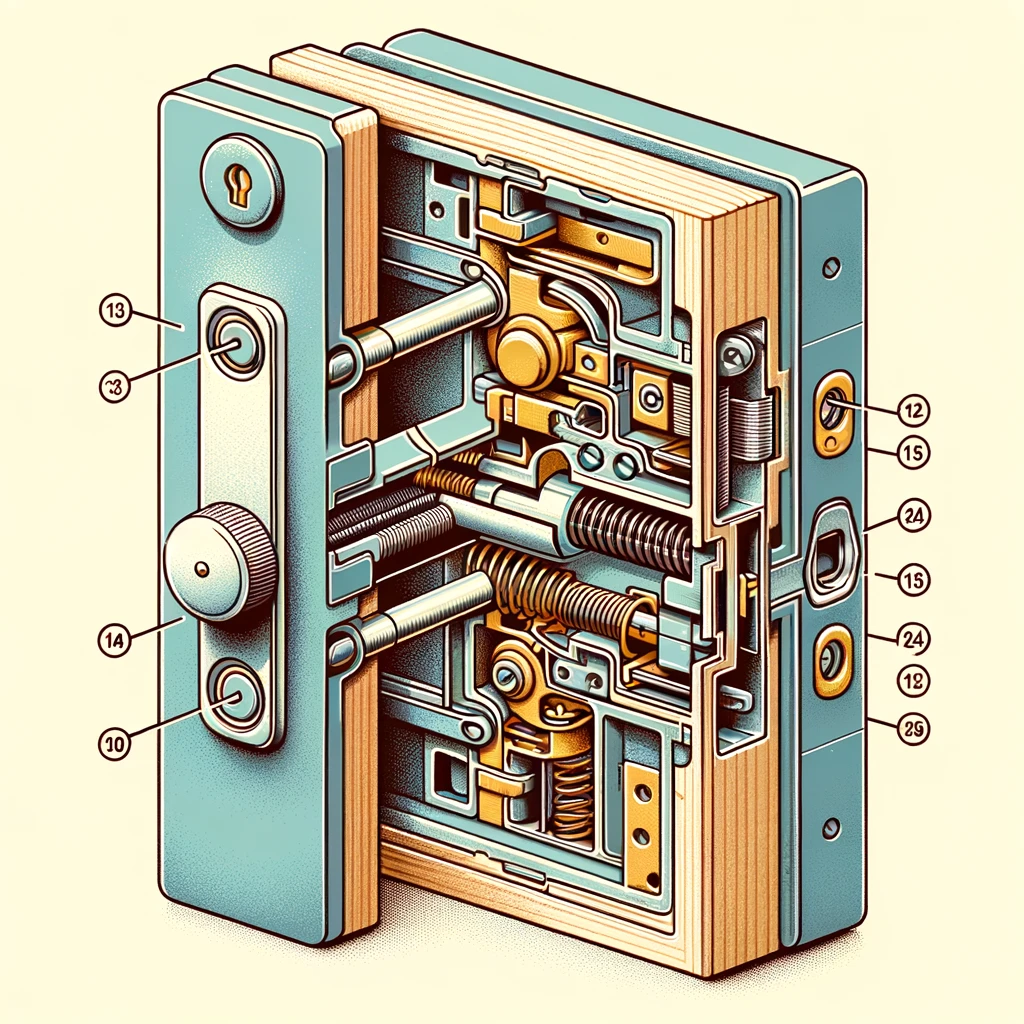
Unlocking Tips for Push Lock Doors
When faced with a push lock door lockout, knowing a few unlocking techniques can make a significant difference. While some methods may require specific tools or skills, many can be performed with common household items, ensuring you’re never left stranded for long. Here’s a look at several effective unlocking techniques:
Using a Credit Card
One of the simplest methods to bypass a push lock, particularly if the door isn’t deadbolted, involves using a plastic card. Sliding a credit card or a similar plastic card between the door and the frame, right at the latch, and then wiggling and pushing it downwards can push the latch back into the door and open it. This method is most effective on doors that swing inward.
Picking the Lock
For those with a bit of skill or willingness to learn, lock picking is a valuable technique. Using a lock pick set, you can manipulate the pins in the lock until they align correctly, allowing the lock to turn. There are numerous tutorials available for beginners, but remember, practice makes perfect, and it’s essential to use this skill responsibly and legally.
Using a Bump Key
A bump key is a specially cut key that can be used to open pin tumbler locks (a common type of lock used in push lock doors). By inserting the bump key into the lock and then using a tool to ‘bump’ it, the force causes the pins in the lock to jump to their shear line temporarily, allowing the lock to turn. This method requires some practice and should be used ethically.
Removing the Hinges
If the door opens towards you and you have access to the hinges, you may be able to remove them to take the door off its frame. Using a screwdriver or a nail and a hammer, you can tap out the hinge pins and carefully remove the door. This method should be used as a last resort and with caution to prevent damage to the door.

Common Reasons for Lockouts with Push Lock Doors
Lockouts from push lock doors can be frustrating and inconvenient, often occurring at the least opportune times. Understanding the common reasons behind these lockouts can help prevent future occurrences and ensure that you’re prepared to address them if they do happen. Here are some of the most frequent causes:
Misaligned Door Mechanisms
One of the primary reasons for lockouts is a misalignment between the door latch and the strike plate on the door frame. Over time, doors can settle or shift, causing the latch not to properly engage with the strike plate. This misalignment can prevent the door from locking or unlocking correctly.
Faulty Lock Mechanism
The internal mechanisms of a push lock door can wear out or break, especially in older doors or those subjected to heavy use. Springs can weaken, and latches can become stuck, leading to difficulties in unlocking the door.
Key Issues
For push lock doors that require a key for outside access, problems can arise from the key itself. A bent or damaged key may not properly engage the lock’s tumblers, while a worn key can gradually become less effective. Additionally, using the wrong key is a simple but common mistake that can lead to lockouts.
Environmental Factors
Extreme temperatures, humidity, and dirt buildup can all affect the operation of push lock doors. Cold weather can cause metal components to contract, while heat can expand them, both of which can lead to misalignment or sticking mechanisms. Humidity can introduce moisture into the lock, causing corrosion or freezing in cold temperatures. Dirt and grime can clog the lock mechanism, making it difficult to turn or engage.
Human Error
Lastly, human error cannot be overlooked as a cause for lockouts. Forgetting to carry a key, pressing the lock button without realizing, or closing the door before ensuring it’s unlocked can all lead to being locked out.
